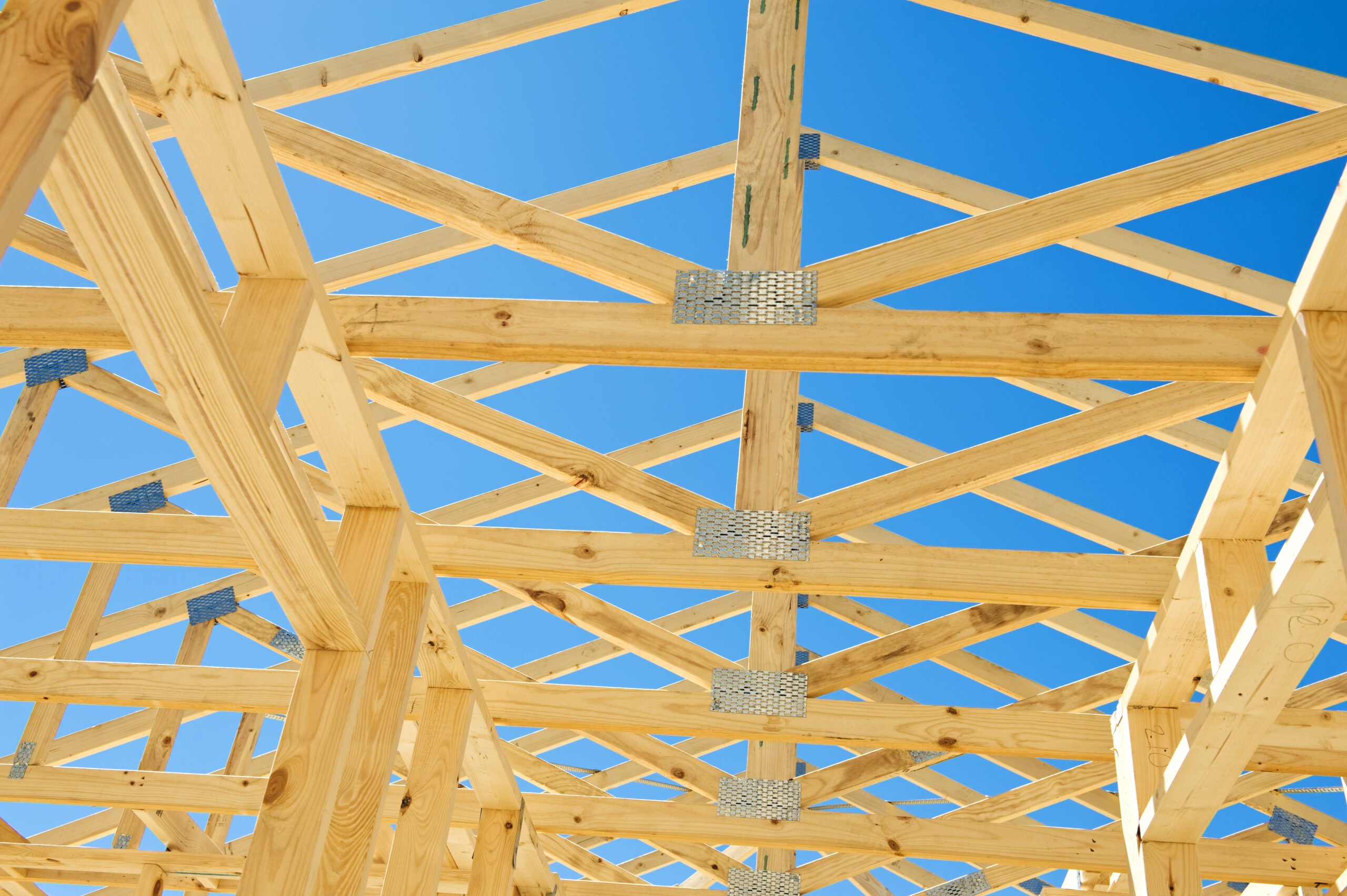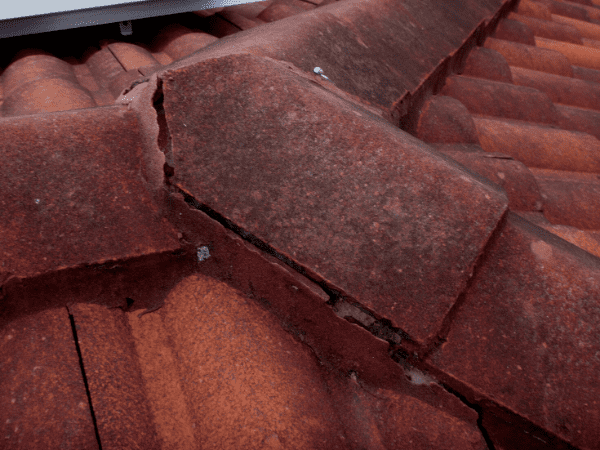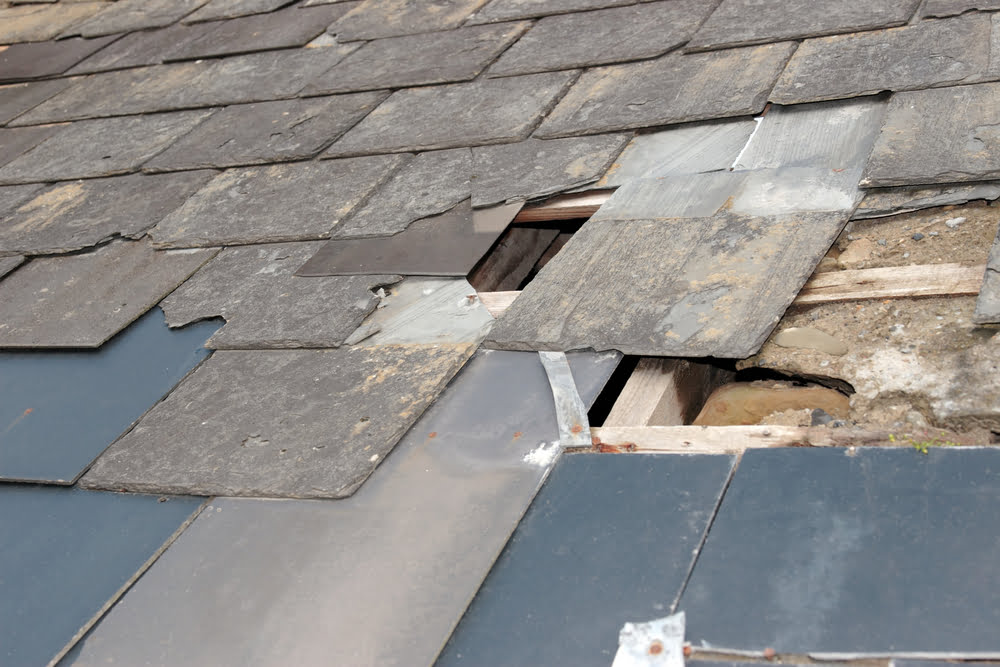With the majority of houses being constructed with timber frames, something that we’re looking for on every inspection – and hope we don’t find – is damage to your ceiling joists. It can happen for a multitude of reasons, can be extremely expensive to fix and, if left in a damaged state, can actually be life-threatening.
The purpose of pre-purchase and general inspections is to identify any structural problems within your home (or future home). This way you will be able to make informed decisions about how to proceed, and get the jump on small problems before they become bigger ones. We don’t know about you, but here at Action Property Inspections, we think keeping the roof above your head in top condition is one of the highest priorities there is in home maintenance. Without healthy ceiling joists, that may not be possible, so here are a few pointers on what to look out for and how to keep your home in great shape…
What can damage ceiling joists?
The way we see it, there are four main ways that ceiling joists can be damaged:
- Termites
Termite damage is more common than you think, and can run rampant in your home over a very short period of time. It doesn’t matter if you have termites detected and spot treated in an unrelated area – if they made their way in once, they’ll find their way in again. You need to be proactive about the presence of termites in your home, by creating a strong barrier and acting quickly at the very first sign of trouble.
- Water damage
Water ingress somewhere in your roof or roof cavity is certainly something to be concerned about. Water damage in your roof can lead to decaying joists and separation of your ceiling from its supporting structure which, over time, may collapse.
- Old age
If you’re living in (or looking for) a beautiful home full of historical charm, you’ll be aware there may be extra maintenance required to keep the exterior of your home in its period glory. What you may be less conscious of is what’s happening with the structure of your home. Time and gravity are also a factor to consider when it comes to your ceiling joists, so keep an eye out and arrange a building inspection if you have any concerns.
- Poor construction
It’s unfortunate, but sometimes a home will simply be poorly constructed. It’s possible that a less reputable builder could miscalculate or be overly ambitious in how far a ceiling joist may stretch unsupported. This will put enormous strain on the structure above your heads. Eventually, it will need to be remedied before your ceiling simply collapses under the pressure.
What your building inspector will be looking for?
You may be able to identify some of the red flags during an open home inspection, but a building inspector will be able to spot some telltales you may not notice. First and foremost, at a pre-purchase inspection, your building inspector will be on the hunt for signs of cracks, buckles, warps and sagging ceilings. Sagging ceilings are a telltale sign that all is not well above the plasterboard. On closer examination up in the roof cavity, your building inspector will also be able to identify and diagnose the causes of these problems – excessive moisture and termite damage will be immediately evident. Other signs include:
- Loud cracking sounds in the ceiling
- Sagging of the cornices
- Visual cracking, blistering, or ‘nail pops’ on the ceiling, which are signs that the plasterboard may be pulling away from the nails and screws.
Am I insured for ceiling joist damage?
You’ll need to check your specific policy, but on the whole, insurance companies tend to think of ceiling joist damage as a maintenance issue. If your ceiling collapses and you’ve neglected to make repairs, it’s possible your insurance company may not cover your costs. This is quite a different reality to damage based on insurable events such as storms, major impacts and fires.
What’s involved in ceiling joist repair?
The good news is that, despite the serious nature of ceiling joist damage, all is not lost. Repairs are generally straightforward to perform when working with a reputable, experienced builder.
Once the source of the damage (see above) has been identified and remedied, it will likely be a matter of removing or reinforcing the existing structure.
Where termites are present, a full home treatment should be undertaken, and a barrier established to prevent their return.
A word of warning, the building industry is competitive. You will find many companies offering this service. We recommend getting at least three quotes and using word-of-mouth referrals as a means of selecting the best builder for the job. Remember, cheapest is not always best!
What’s a hanging joist?
A hanging joist provides support for your ceiling joists. They run perpendicular to your ceiling beams and attach using iron hoops, additional timber battens or metal joist hanger brackets. They are present to spread the load of ceiling joists and provide consistent support across your ceiling. This allows for smaller joist size or greater ceiling spans. They are not load-bearing.
Are ceiling joists load-bearing?
It is unlikely. In almost all cases, ceiling joists and hanging joists are in place to stabilise and support the ceiling only. On their own, they are unable to support the full load of a pitched roof.
If, on the other hand, you have a flat-roofed house, your ceiling joists may be load-bearing.
What is a ceiling joist span table and why does it matter?
Ceiling joist span tables are pre-calculated ratio measurements builders use when constructing roofing elements of a house frame. They are based on the standard sizes of timber builders use for house frame construction. As we have mentioned above, ceiling joists can only reach so far unsupported before sagging begins to occur. A ceiling joist span table will guide a builder to ensure this doesn’t happen. If the correct ratios are adhered to, there shouldn’t be any concerns over future damage to your ceiling joists, or even worse, the threat of your ceiling collapsing.
What are the possible implications of multiple damaged ceiling joists?
The most likely outcome of leaving damaged ceiling joists unchecked is that, eventually, your ceiling will collapse. Not only is this extremely costly to repair (not to mention to replace all your possessions damaged in the process), but potentially fatal to anyone in the room where the damage occurs. Add to this the problem we mentioned earlier – it’s not a foregone conclusion that your insurance company will pay for repairs to your ceiling, replacement of possessions or medical bills and loss of income from an incident of this nature.
Ultimately, keeping your ceiling joists in top condition is in your best interests – both for safety and financial reasons. Especially as any trouble with the structure of your home, or a home you’re looking to buy, can easily be identified by a trained professional in the general or pre-purchase inspection process. The cost of an inspection is a fraction of what you would be facing if you buried your head in the sand and ignored the warning signs of a home in peril. Being forewarned and forearmed with a comprehensive property inspection brings you peace of mind and will ultimately save you from avoidable headaches. Save yourself the stress and heartache, and book in with Action Property Inspections today.



